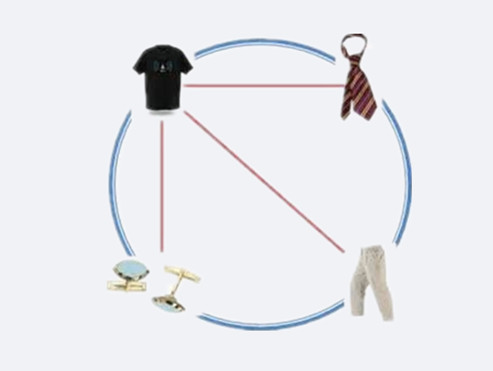Shopping basket analysis was the earliest used tools for data mining case studies. It is abbreviated as Market Basket Analysis (MBA).
Shopping basket pattern is the “unit price” per customer transaction which directly reflects the retailer’s operating efficiency. If you want to improve the sales performance of the business, you must improve the shopping basket to raise the overall price. It is rightly said that retail shopping basket represents the company’s right to exist.

Shopping basket analysis uses correlation analysis and if a user assumes that all products purchased are purchased at once, analysis is to focus on correlation between all users to buy the products; if it is assumed that is different from one user to the other and they purchase one product at a time, the focus should move to how and what to buy?
However, is not enough to simply rely on data mining, as shopping basket analysis must be closely integrated with the market research which also affects sales. Except for goods between out-of-context, there are factors associated like date, store locations, special events, and other factors: smell, lighting and so on.
More research methodology which was used included depth interviews, quantitative survey and observation, in-depth to understand the real causes behind the data, as well as to validate the results of data mining. Three of the data mining methods can be used simultaneously and also individually, depending on the size and importance of the category.
In addition, the shopping basket analysis which is applied to e-commerce and Internet businesses, and can also be combined with the intelligent recommendation, mutual authentication and support to maximize cross-selling goals.
